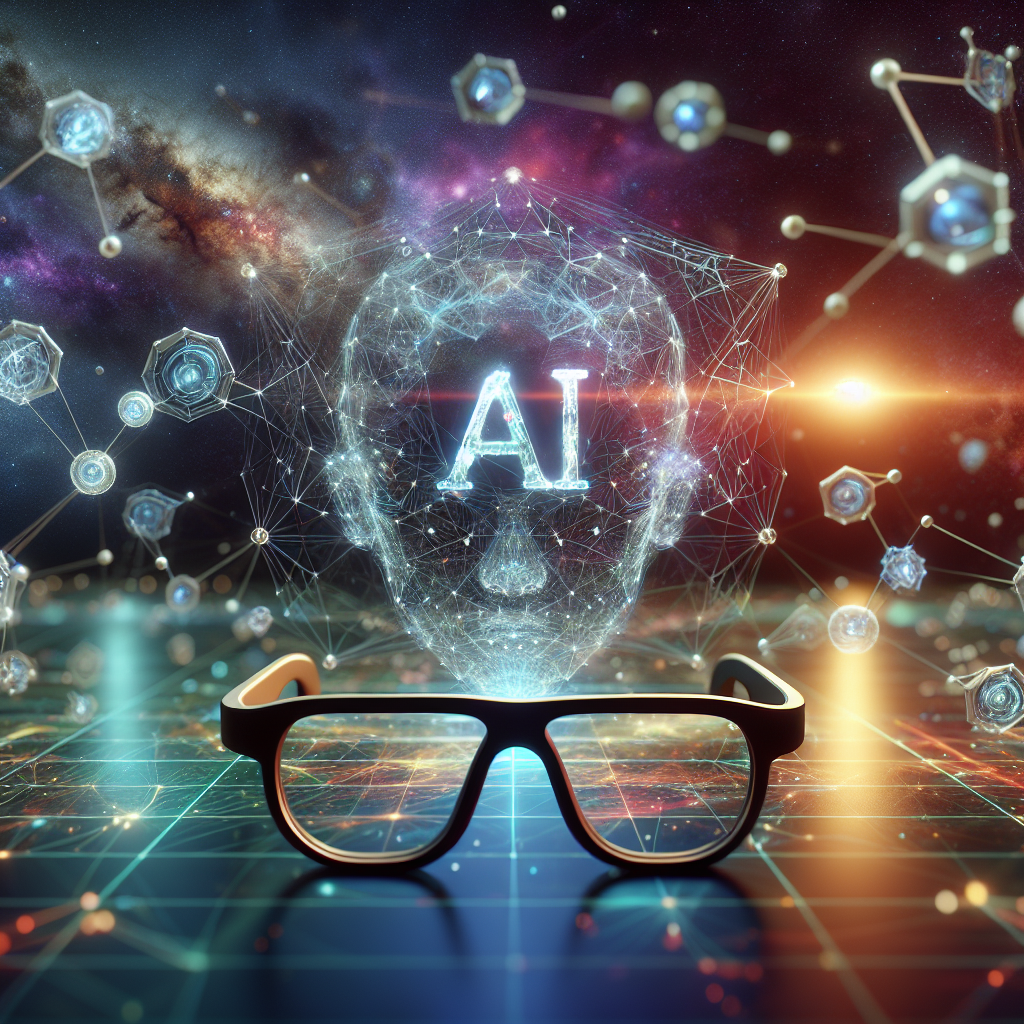In the ever-evolving landscape of artificial intelligence, one area that holds immense promise for transforming our world is Spatial AI. This technology, which combines AI algorithms with spatial data to analyze and understand the physical world, is poised to revolutionize industries such as transportation, urban planning, agriculture, and more. The potential for Spatial AI to unlock new insights, optimize processes, and enhance decision-making is truly boundless. In this article, we will delve into the future frontier of Spatial AI, exploring its capabilities, applications, and implications for society.
Capabilities of Spatial AI:
Spatial AI harnesses the power of machine learning and deep learning algorithms to analyze spatial data, such as maps, satellite imagery, and sensor data. By processing this information, Spatial AI can generate insights and predictions that were previously unimaginable. For example, in the realm of urban planning, Spatial AI can help city officials analyze traffic patterns, optimize public transportation routes, and even predict where potholes are likely to form. In agriculture, farmers can use Spatial AI to monitor crop health, optimize irrigation, and maximize yields. The potential applications of Spatial AI extend across a wide range of industries, offering a new lens through which to understand and interact with the physical world.
Applications of Spatial AI:
One of the key areas where Spatial AI is making a significant impact is in autonomous vehicles. By leveraging spatial data and AI algorithms, self-driving cars can navigate complex environments with greater precision and safety. Companies like Waymo and Tesla are pioneering the development of autonomous vehicles that rely on Spatial AI to interpret their surroundings and make real-time decisions. In addition to transportation, Spatial AI is also being used in disaster response and relief efforts. By analyzing satellite imagery and sensor data, organizations can quickly assess the impact of natural disasters, plan rescue operations, and allocate resources more effectively. The ability of Spatial AI to process vast amounts of data in real time is a game-changer in crisis situations.
Implications for Society:
As Spatial AI becomes more integrated into our daily lives, it raises important ethical and societal questions. For example, how do we ensure that the data used by Spatial AI is accurate and unbiased? How do we address concerns about privacy and surveillance in a world where our every movement is tracked and analyzed? These are complex issues that require careful consideration and regulation. However, the potential benefits of Spatial AI cannot be ignored. By optimizing resource allocation, improving decision-making, and enhancing our understanding of the physical world, Spatial AI has the power to drive positive change in society. It is crucial that we embrace this technology with a sense of responsibility and foresight, to ensure that its benefits are equitably distributed and its risks are mitigated.
Conclusion:
The future frontier of Spatial AI holds immense promise for transforming industries, enhancing decision-making, and driving innovation. By harnessing the power of AI algorithms and spatial data, we can unlock new insights and possibilities that were previously out of reach. However, as we venture into this new frontier, it is essential that we approach it with a sense of caution and foresight. By addressing ethical concerns, ensuring data accuracy and privacy, and promoting equitable access to the benefits of Spatial AI, we can harness this technology to create a more sustainable and prosperous future. The boundless potential of Spatial AI lies before us – it is up to us to navigate this new frontier with wisdom and determination.










